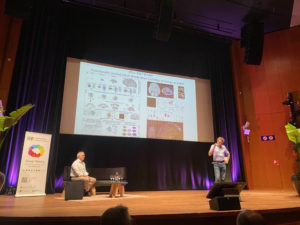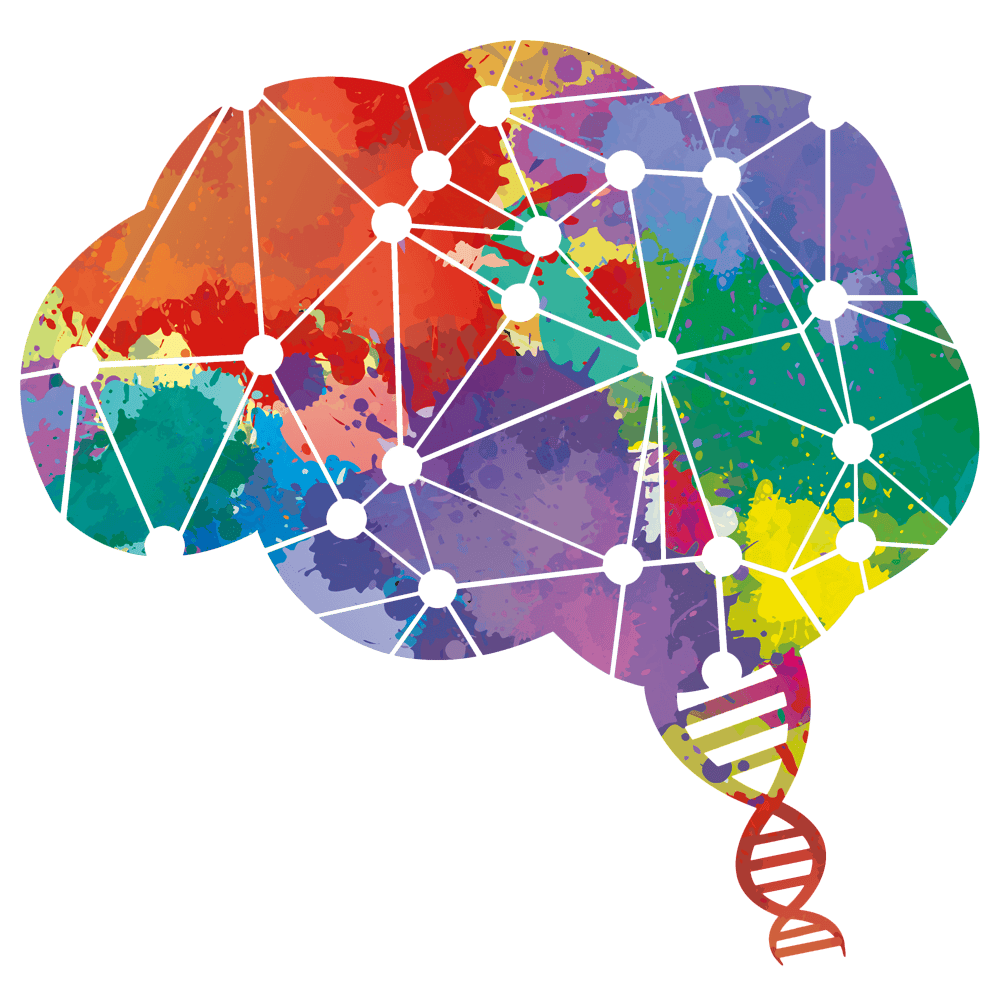On 12 December 2023 the Annual Amsterdam Neuroscience meeting took place at the RAI Amsterdam. In the afternoon a special session was dedicated to “Consortia at work”. Different “duos” involved in large consortia explained the strength and added value of these collaborative initiatives. In this first part we highlight the talk by Prof. dr. Huib Mansvelder and Prof. dr. Boudewijn Lelieveldt, two of the lead-PIs of BRAINSCAPES, who shared their experiences and involvement in the prestigious US Brain Initiative Cell Atlas Network (BICAN). This large-scale effort sees eleven different groups (and techniques) combined to develop cell atlases of the primate brain. In the past years BICAN’s predecessor has yielded its first important successes, and achieved things that no other single lab could do at this scale. Besides this, consortia help to extend networks and (importantly) are also just great fun!
Joining forces for science
In 2013 the “BRAIN (Brain Research Through Advanced Innovative Neurotechnologies)” was launched by former US-president Barack Obama. The goal of the project was to revolutionize our understanding of the human brain and get insight at a cellular level using eleven novel technologies. In his announcement Obama referred to the fact that there are problems in science that are just too big for single groups or individual labs to tackle. But that by joining major forces, as done for the human genome project, a huge step forward can be made.

Cellular atlas of the brain
The first projects were funded to enable the development of these technologies in different domains/levels, such as cells and circuits, data science and neuroimaging. Later, in 2016 a follow-up call was launched to develop a cell-reference atlas of the mouse brain transcriptome. After six years of hard work by a team of 11 consortia, this milestone was accomplished and published in Nature. Last year, the cellular atlas for different brain regions in primates (including human) was also released in Science and Science Advances.
The benefits of working together
The contribution of the VU lab led by Prof. dr. Mansvelder was to integrate the physiology and morphology of the cells into the atlases so that these would come to life. Currently the group is working together with the Allen Institute to get a full single cell atlas of the human brain. A huge challenge given the enormous scale, but the groups are confident that together they will be able to reach the goal!
So why would an Amsterdam-based lab contribute to such a project? Prof. dr. Mansvelder explained: “First of all, it is personally very gratifying to contribute to something so large. Furthermore, it gives us a huge network, also for PhD and Postdoc students, and we are in close contact with very capable scientists. Also, we have early access to data and tools, and the Allen Institute also gives a lot of support on how to use these resources. Finally, it is of course gratifying to be acknowledged as co-author in such important publications, with data that will be used by the community for decades.”
Collaboration across fields
The LUMC lab led by Prof. dr. Lelieveldt contributes to the project by their development of highly advanced interactive software that allows to visualize and compare the single cell and spatial –omics data across species. Prof. dr. Lelieveldt explained: “The interesting thing is that I am a computer scientist, not a neuroscientist. But I know just enough to understand what the problems are that neuroscientists are trying to solve with this kind of single cell data. We see the large impact we can make with our tools, which is very gratifying. And it is also very cool and fun to be part of this whole big enterprise, ready to take off to new neuroscience standards! I therefore hope to be part of the endeavor for a long time still!” If you wish to read more about BICAN, visit https://braininitiative.nih.gov/research/tools-and-technologies-brain-cells-and-circuits/brain-initiative-cell-atlas-network.

